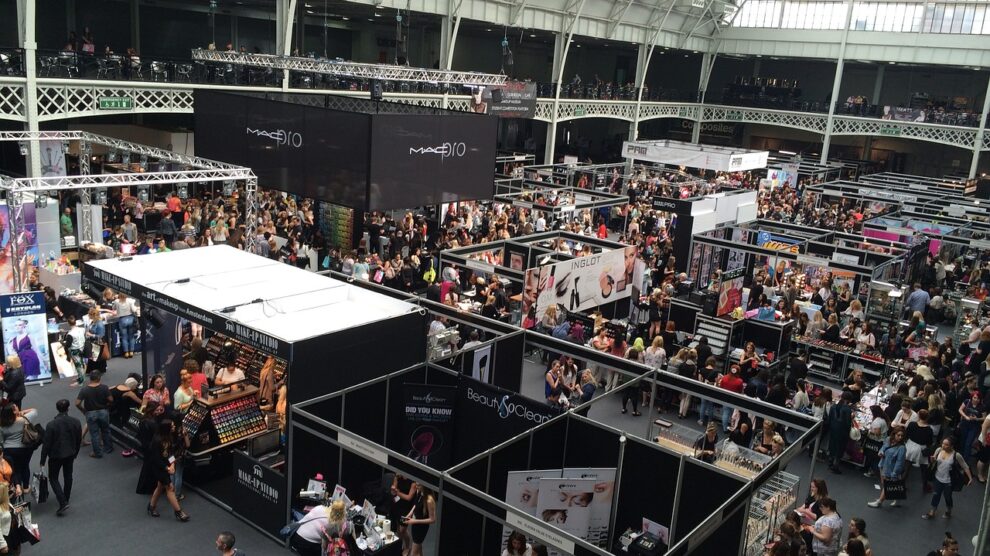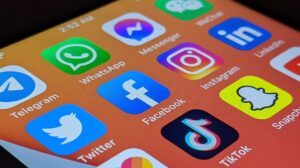If you’re a business leader, chances are high that you already have an advertising budget allocated for your annual or seasonal marketing campaigns. Experiential marketing is more effective than advertising because it evokes emotions in prospective customers and connects with them in ways they never forget, but do you have an experiential marketing budget? If not, you probably should.
The good news is that experiential marketing doesn’t have to be expensive. While global brands might have lavish budgets that enable them to do exciting things, in my experience, you can start tapping into the power of experiential marketing with as little as a thousand dollars.
Give Yourself Lots of Time
The first way to build a successful event marketing campaign on a budget is to plan well in advance, as expenses can spiral out of control quickly if you need to purchase things, expedite shipping, or make decisions in a hurry. Always give yourself plenty of time to research and order what you need, fulfill your staffing needs, and complete other necessary tasks, like securing transportation or making hotel reservations. This is particularly important if you’ve never tried experiential marketing before and need to go through a learning curve.
Similarly, giving yourself plenty of time enables you to negotiate with vendors. Don’t be afraid to do this and give them a budget to work within! Many will try their utmost to work within those parameters.
Experiential Marketing Essentials
The next step to develop an effective experiential marketing campaign on a budget is to stick to the essentials. These include a tent, a table, and some marketing materials.
A tent with your business’s name and logo comes in handy for obvious reasons if you’re going to be outside — after all, it provides cover from rain and the sun — but a tent is a good idea even if you’re indoors. Seeing a tent inside is unusual, which makes it capture customers’ attention, and the branding on the tent helps raise your business’s visibility to passersby.
Having a well-branded tent also comes in handy at trade shows, conventions, and conferences, since you usually purchase a block of space at these types of events. A tent creates a natural footprint on a 10’x10’ plot, which usually presents a low barrier to entry.
Making the Most Out of Your Table
Now you need a table to put your promotional materials on. Luckily, six-foot-long folding tables are inexpensive, can be purchased right at Walmart, and since they collapse, they are easy to carry and transport.
Additionally, don’t forget a tablecloth or tableskirt. Like the tent, this should be designed with your specific brand in mind, prominently displaying your name and logo with the appropriate color(s). Robust colors can really pop, but keep in mind that there’s a lot of travel when you’re doing events, and tablecloths can get dirty, which is why white linen generally isn’t advisable. In general, a black table skirt with your logo in white or another light color looks good.
Another simple thing you can do that doesn’t cost additional money is keeping your area clean and welcoming.
What to Put on Your Table
The only other thing you really need is some marketing materials. These could just be postcards, business cards, or fliers about your products or services. You might even use a cell phone, tablet, or laptop to show people pictures, educational diagrams, or examples of your work.
For instance, a home improvement business could present some of their clients’ before-and-after photos. If you can bring examples of your products in, that’s another thing that should go on your table.
Nothing draws people toward your booth and creates a crowd better than a free giveaway or an interactive game, however, and these are possible even if you have a tight budget. Consider giving away inexpensive items like pens — not every event needs to give away t-shirts, water bottles, and stress balls.
Even if you intend to do more extensive events in the future, starting with just these basics can often make sense. Remember that you can always add more later.
For example, once you get into the $2,000 to $2,500 range, you might bring in retractable banners and other window dressing to create more atmosphere around your booth. You might incorporate some more technology — like a 50-inch television that projects a slideshow — or give away more substantial prizes like a hat or a gift card to the host location.
Exploit Economies of Scale
The good news is that once you’ve invested in your tent and table, you can use them over and over again. Divide the upfront costs of these assets by the number of times you plan to use them, and their expense decreases with each additional event — then all you need to do is pay any event fees, staff the activation, and replenish your supplies.
The more you add to your booth and start creating lavish displays, however, the more you need to be mindful of storage concerns. It’s easy to collapse a 10-by-10 pop-up. Even impressive displays and activations with games can be built in ingenious ways that enable them to fit into a closet when not in use.
But once you start getting into trailers or outfitting a food truck, camper, or other dedicated vehicle for events, storage can become an issue. While these vehicles can be really fun and generate amazing activations, they need to be stored somewhere whenever they aren’t actively on tour, which constitutes an added expense.
Leverage Strategic Partners
Another way to save money on your experiential marketing efforts is to hire a B2B agency that already has the know-how and relationships it would be costly and time-consuming to acquire on your own. They also spare you from having to hire new employees to fulfill these responsibilities.
For instance, experiential marketing agencies specialize in creating and implementing experiential marketing campaigns. They have existing relationships with a wide variety of strategic partners — from special events and movie theaters to big box stores and other retailers — and can quickly and easily connect you to the right people. In addition, since agencies bring these partners several opportunities rather than just yours, they often have more influence with them.
Talent agencies can connect you with independent contractors to act as your brand ambassadors. It’s true that you’ll pay more through a talent agency, but they will also get you good people and free you from all the ancillary tasks like hiring them, setting up payroll, and paying for their benefits.
To save yourself time, money, and headaches, consider tapping specialized services to do what they do best.
Improve Your Bottom Line
Experiential marketing might sound fancy, but it can be done on a budget. By following these simple tips, you can mobilize these proven outreach tactics and start connecting with prospective customers. Improvements to your bottom line are likely to follow.





